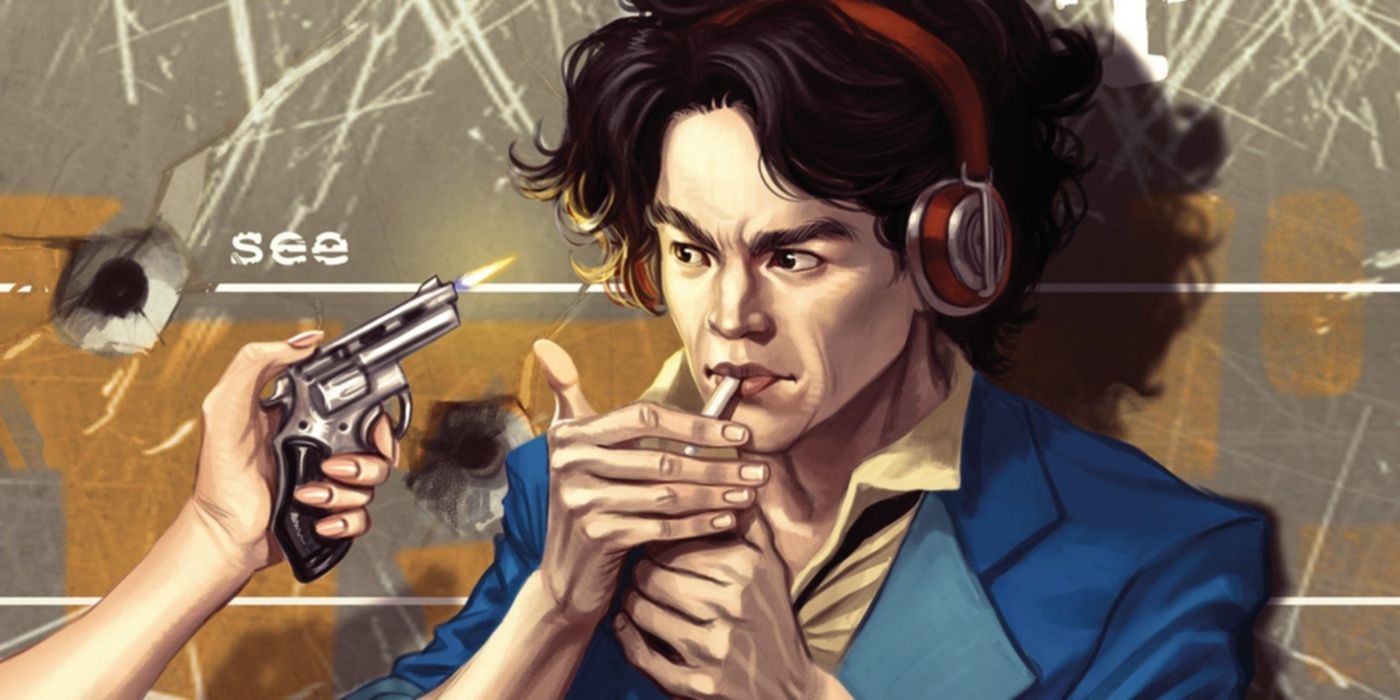
Without its English-language dub, it is unlikely that Cowboy Bebop Would have become as popular as it was outside of Japan, especially in the United States. While hardcore anime fans – like those who flock to Cowboy Bebop During its original run – may have preferred subtitled versions, they would not have been able to convince a wider, more mainstream audience to watch the show without the accessibility that dubbing offered. Although dubbing is now commonplace, during the show’s original run, the process was no different than one of the bounty missions Spike, Jet, and Faye often took on in the series.
The English dubbing process for anime is largely standardized, thanks to improved translations, advanced recording and mixing techniques, better hardware, established best practices, and a professional voice acting community with many actors dedicated to the genre. However, this is not always the case. At the turn of the century, while American audiences had enjoyed anime for decades, The broadcast versions are often edited and rewritten for American viewers. More importantly, their dubs are almost always poorly funded, poorly organized, ad hoc operations that tend to attract only the most hardcore anime fans while repelling more casual viewers.
The Cowboy Bebop English dub is anything but smooth
A fascinating look behind the scenes of an iconic show
This was the state of anime dubbing when the creators of Cowboy Bebop Decided to broadcast it in the US. it. In 2001. the industry was far from standardized – bordering on dysfunctional, in fact. Furthermore, since anime itself did not yet have a large following, dubbing episodes was not seen as lucrative work by actors, translators and technicians. As a result, it did not attract top talent in the fields. Much like the trade in bounty hunting Cowboy BebopDubbing tends to draw a diverse group of people from different backgrounds and levels of experience together for a “pop-up” operation in need of staffing.
As shown in SlashFilms history of the original Cowboy Bebop dub, The English dub staff put together a “motley crew”. Led by an experienced voice actor who directs a dubbing operation for the first time, the team includes people who are hired on the spot or without auditions. Among these Cowboy Bebop English voice acting staff were an aspiring on-camera actor and a studio postroom worker with a commanding voice. United by the thrill of the opportunity, the promise of adventure and a steady paycheck, few anticipated that this project would start their career in voice acting.
“And then one day he asked me if I wanted to do anime, and I said, ‘Yeah, that would be great. What is anime?'” – Beau Billingslea
Beyond assembling a competent voice acting staff, The creators of Cowboy Bebop Faced the daunting task of organizing and operating multiple other areasIncluding translations, screenwriting and the crucial “Automated Dialogue Replacement” (ADR). To meet these challenges, they rely on an eclectic mix of people. One was an experienced music and sound engineer with no background in post-production, while another was a seasoned ADR professional who would be traveling extensively abroad during production.
How the wild production mirrors the Cowboy Bebop story
The impact of the cowboy bebop dub on anime
Fans of the series will likely recognize The similarities between the English dubbing process and a typical bounty hunt Cowboy Bebop. Just like those hunts, the dubbing operation is often a spur-of-the-moment affair, chaotic and unpredictable. Things rarely went according to plan, and the team faced a constant barrage of unique challenges that tested their abilities to the fullest. It also makes one wonder if the final product ever matched the original vision.
Finally, there are striking similarities between the crews themselves. Spike Speigel, Jet Black and Faye Valentine embody the quintessential “ragtag” group, united by a shared sense of adventure and financial gain. Despite their apparent incompatibility, they use their synergy while on mission, leveraging their diverse skills to achieve success. In doing so, they also confront and overcome – at least in part – the personal demons that haunt and disturb them.
The SlashFilm This article shows that the dubbing process is not all struggle and frustration. In fact, it highlights the personal growth of the dubbing staff as they overcome the many obstacles they faced. Their efforts not only produced a one-of-a-kind dub that forever changed anime and anime dubbing, but also helped each member reach a level of personal success they could never have reached if the Cowboy Bebop Dubbing project did not come their way.
Source: SlashFilm
Cowboy Bebop is a sci-fi/western action television series widely regarded as one of the best anime ever. The series follows a crew of four disconnected bounty hunters who all slowly come together on a ship known as the Bebop. The crew of the Bebop attempt to capture various bounties and embark on several misadventures to keep their pockets lined with coin and their stomachs full. The series also has a heavy musical motif, with each episode title being named after various jazz “sessions”.
- Figure
-
Koichi Yamadera, Steve Blum, Megumi Hayashibara, Wendee Lee, Unshô Ishizuka, Beau Billingslea, Aoi Tada, Melissa Fahn
- Release date
-
April 3, 1998
- franchise(s)
-
Cowboy Bebop
- Writers
-
Keiko Nobumoto, Shinichiro Watanabe
- Directors
-
Shinichiro Watanabe

